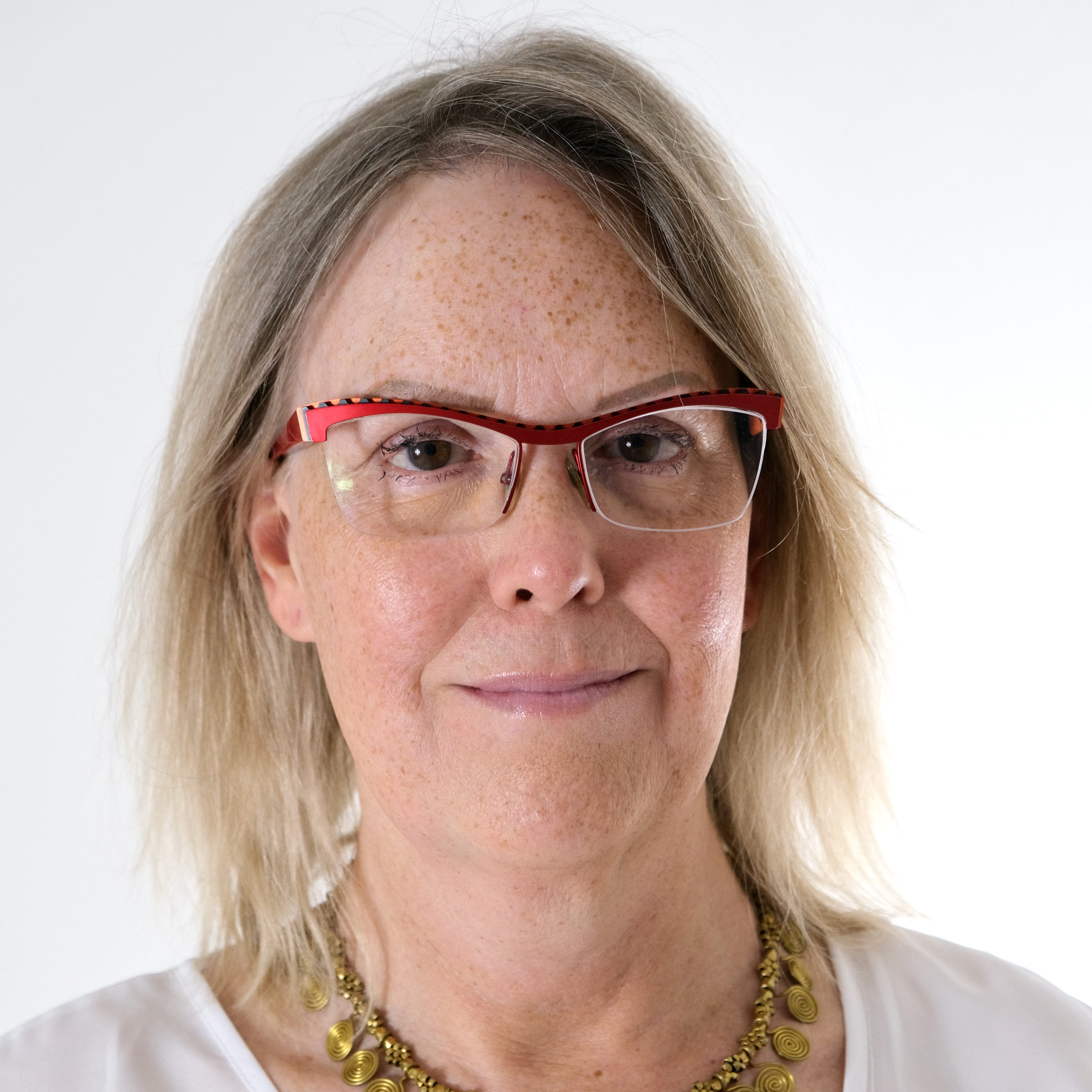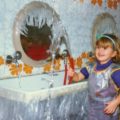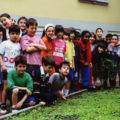Kids commuting into Lecco for high school
I have devoted many words to the things I don’t like in the Italian education system; now it’s time to talk about some things that I do like, particularly in comparison with the American system.
American schools are largely funded by property taxes in each local school district: the higher the value of the homes in the district, the wealthier the schools. This creates a vicious circle: parents buy or rent homes in the wealthiest area they can afford, so that their kids can go to better schools, then the rich (school districts) get richer, and the poor get poorer.
In Italy, the public education system is centrally managed and funded, so you don’t get these kinds of gross inequities. And there is freedom of choice: any child can go to almost any school. Elementary and middle schools give preference to kids living nearby, because most parents choose schools close to home for their young children, but most schools have room for kids from other neighborhoods as well.
The choices are not always obvious. For Ross’ preschool and elementary we chose Parco Trotter, because it was close to home and uniquely situated in a huge park. But the son of our portinaia (building concierge), living three floors below us, commuted a couple of metro stops to an elementary school which had a better reputation academically – it was well known in the neighborhood (though not by us, since we were newcomers) that Parco Trotter did not prepare kids as well for middle school. And, as I’ve mentioned, for the first two years of middle school Ross commuted across town, to an exclusive yet public school.
At the end of middle school, students choose both the type of high school they will attend, and its location. In a city like Milan, there is usually more than one of each type of school, each with its own style, history, and reputation.
You might think that students in smaller cities would have fewer choices, but they can and do go to school anywhere within a large radius. Students commute to Lecco (the provincial capital) from far up Lake Como and its surrounding valleys, and some even come from Milan – 50 kilometers away, 40 minutes by train. Others commute from Lecco to schools in Milan. I have heard of kids commuting from Milan to the liceo artistico in Lecco, even though there are two or three licei artistici right there in Milan. I would not be surprised if the reverse was also true – kids from Lecco commuting to a liceo artistico in Milan – though I don’t know the specific reasons for either choice.
This freedom of choice fosters competition among schools; a recent article in Il Corriere della Sera told how some schools are offering courses such as Japanese and Arabic to attract students, while another is popular because of a well-organized exchange program with foreign schools (I researched this one, and was disappointed to find that this is only for short visits, a week or two, but there is an increasingly popular program wherein kids go away for their fourth year and penultimate of high school).
As the differences fade between licei and technical institutes, in terms of preparing students for university, I expect competition will become even fiercer. We can hope that this leads to more innovation in curricula and other areas, as we all (parents, students, schools, government, and society at large) try to figure out how best to prepare our kids for life in today’s global economy.







